In Britain of the mid-1960s, a Japanese car would have been a talking point but ten years later the sighting of a Toyota or Datsun in suburbia would have attracted far less attention. They have since become prime candidates for the Hagerty Festival of the Unexceptional. Below are eleven models that became virtual street furniture – and are now rarer than most exotic supercars from the same era.
Toyota Corolla – 1966-1970
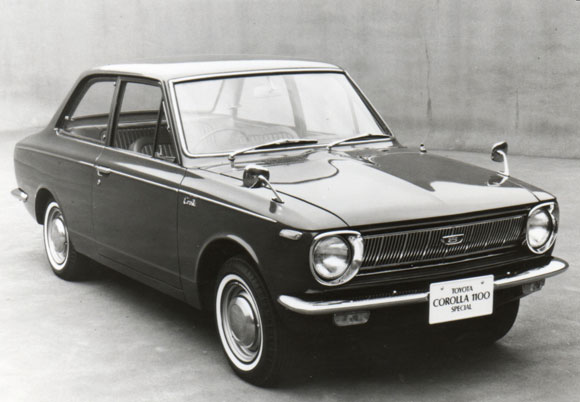
The car that founded a dynasty; over 40 million Corollas have been sold over the past five decades and the model is now in its eleventh incarnation. Fifty years ago, when around 90 per cent of the cars on British roads were domestically built, the E10 version was an intriguing competitor to the Viva HB or the Ford Anglia 105E. “At or near the top of the £700 league” observed Motor magazine in 1967 and the original Corolla virtues established a 50 year run – mechanically simple and reliable with a high standard of equipment. It may not have been the most exciting new car of 1966 but it is certainly one of the most influential.

Honda Civic – 1972-1983
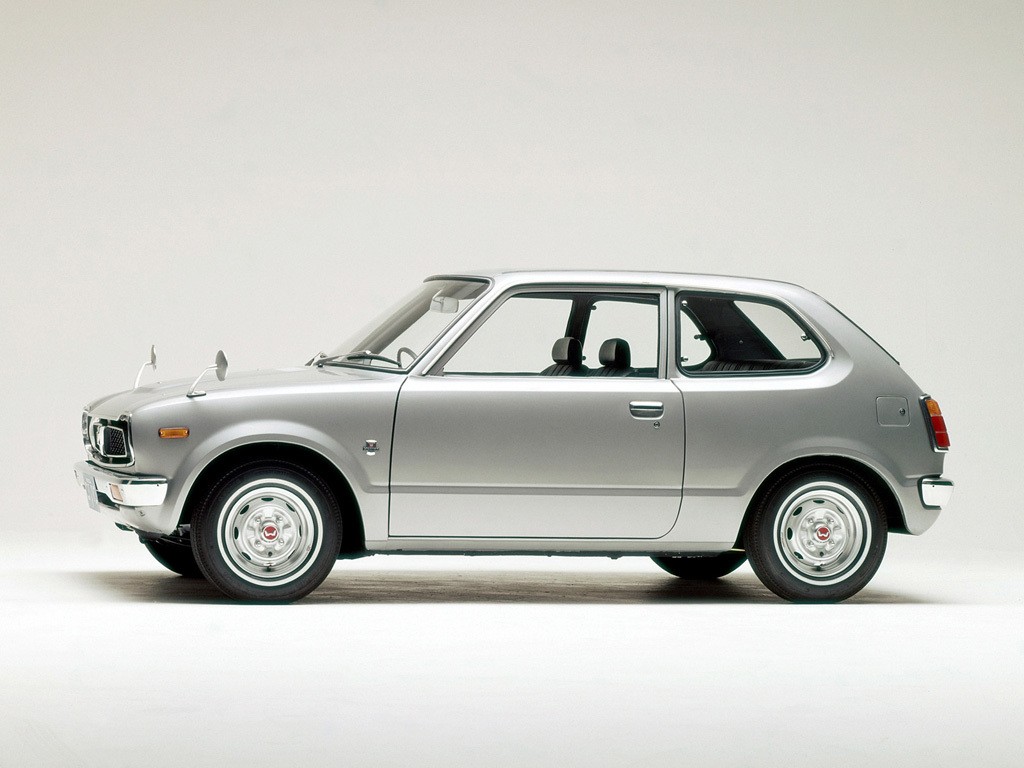
Building on the foundations of the S800, the N600 and the Z-360 the Civic was the first Honda-badged car to achieve major commercial success in the USA. On the other side of the Atlantic, it was very viable alternative to the Mini or Hillman Imp with its delightful road manners and compact but practical dimensions. It did help, however, if rear seat passengers were of Ronnie Corbett stature but the major problem that faced early Civics was tin worm. Today, few examples, be they two door, three door, five door or even a rather charming station wagon, survive on British roads – a matter of deep regret for any classic enthusiast.
Datsun 100A Cherry – 1970-1977
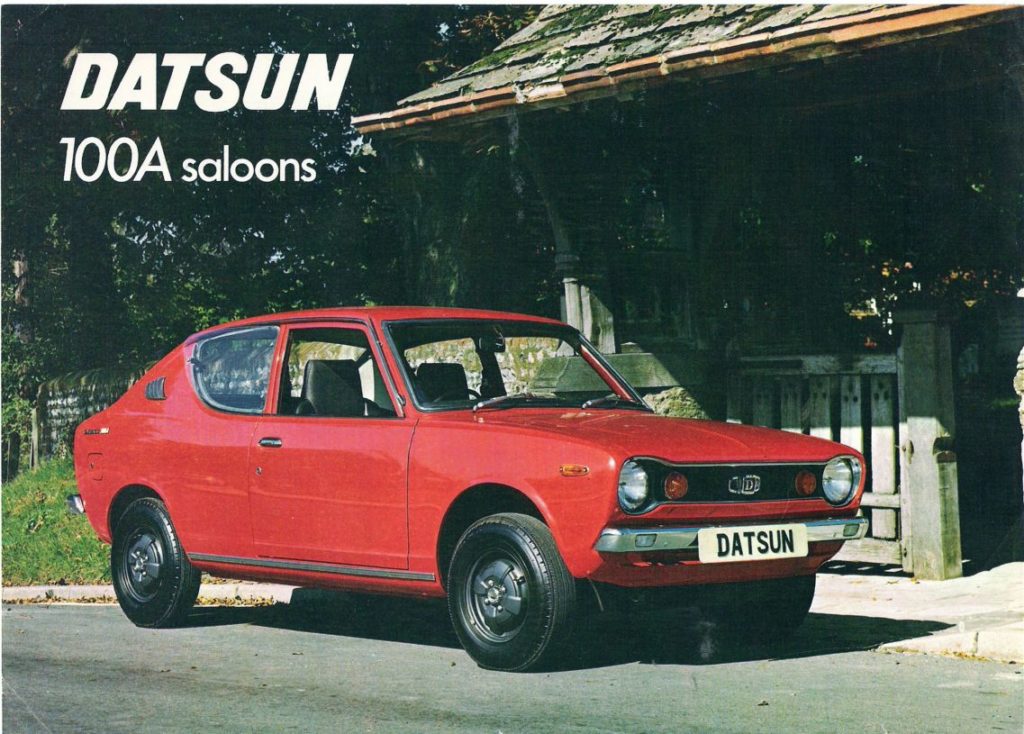
This was a ground-breaking car for Nissan as it was the car maker’s very first front-wheel drive product, although most British buyers were more impressed by the fact that it had a radio as standard. There was a time when virtually every other Wimpey built semi-detached villa had a well-polished Datsun Cherry in the driveway; the socially conscious frequently opted for the innocuous looking coupé. However, the De Luxe saloon offered decent performance (the top speed was nearly 90 mph), an excellent gear change and two-speed wipers all for £10 less than a new Mini Clubman. Small wonder that Datsun showrooms began receiving a regular stream of former BL customers.
Datsun 120Y Sunny – 1973-1977
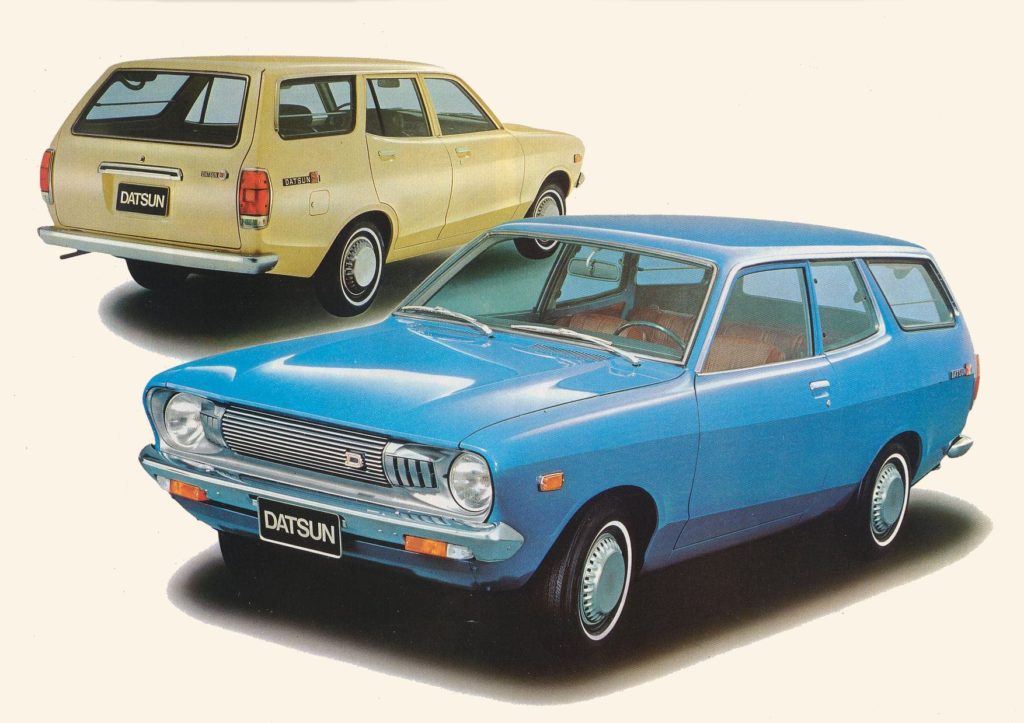
To a modern young motorist, a rare surviving example of the 120Y is quite a surreal sight, from the hub caps that look like Fray Bentos pie dishes to the styling that may be best described as ‘ornate’. But in its heyday, every Fine Fare car park would have contained several examples of Datsun’s rival to the Ford Escort. Be it a saloon, an estate car or a not terribly potent coupé the Sunny offered inexpensive, straightforward and reliable family transport. The coachwork was known to disintegrate within a few years, but by then your friendly local Datsun dealer was ready to offer you an equally dramatically styled replacement.
Mazda 323 – 1977-1980
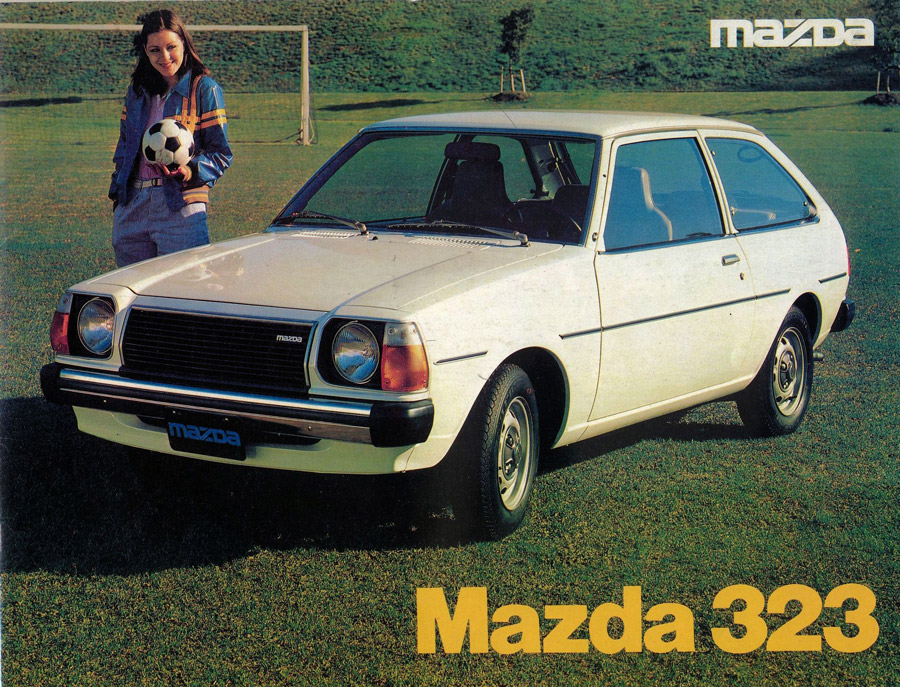
The original 323, given the internal codename of F40 long before Ferrari used the same tage for its supercar, was generally known in the UK as the ‘Mazda Hatchback’ and it offered British motorists an enjoyable alternative to the Vauxhall Chevette or Chrysler Sunbeam. There was a useful choice of body styles, from three and five door saloons to a four door estate car – and the interior was tastefully finished in the best Tartan cloth. The original 1.3 litre SOHC engine could never be described as ‘brisk’ but the 1979 1400SP came with a five-speed transmission and rather dapper black or silver paint finishes. The F40 323 may have been commissioned as virtual stop-gap by Mazda but when production ceased Mazda had carved a niche for itself with British drivers – but do any survive now?
Subaru 1800 GLF ‘Leone’ – 1977-1981
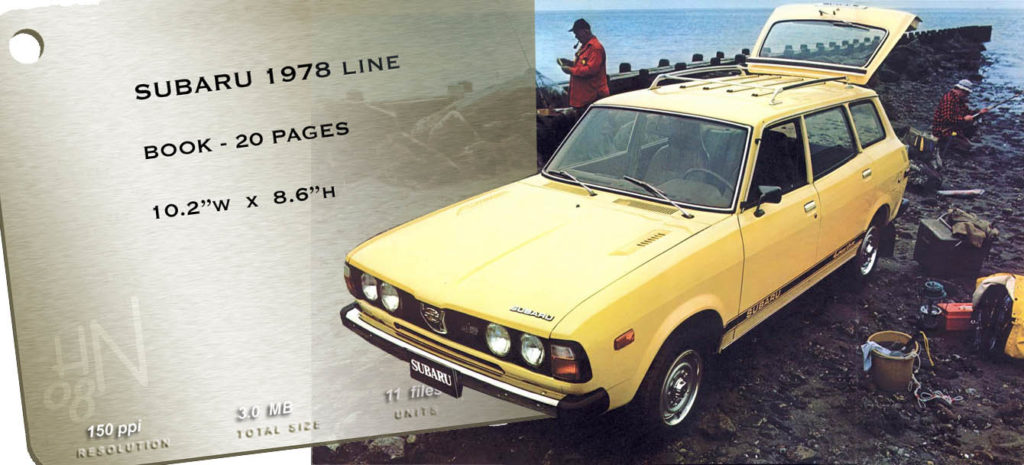
When the first examples of Subaru’s Leone series were imported into the UK in 1977 the main attention was not on the cheaper saloons or even the coupé but the 4WD versions. The very idea of a standard looking estate car with four-wheel drive that – according to the brochure – could be operated ‘without declutching, without even slowing down’ at a price that undercut the Range Rover by several thousand pounds was value indeed at the time. For several years the GLF Estate was the transport of choice for country vets, farmers and agricultural sales reps and it is a car worthy of more respect and classic press attention than it currently receives. Nearly 40 years ago, it was a car literally without rivals in the British new car market.
Daihatsu Charade – 1977-1983
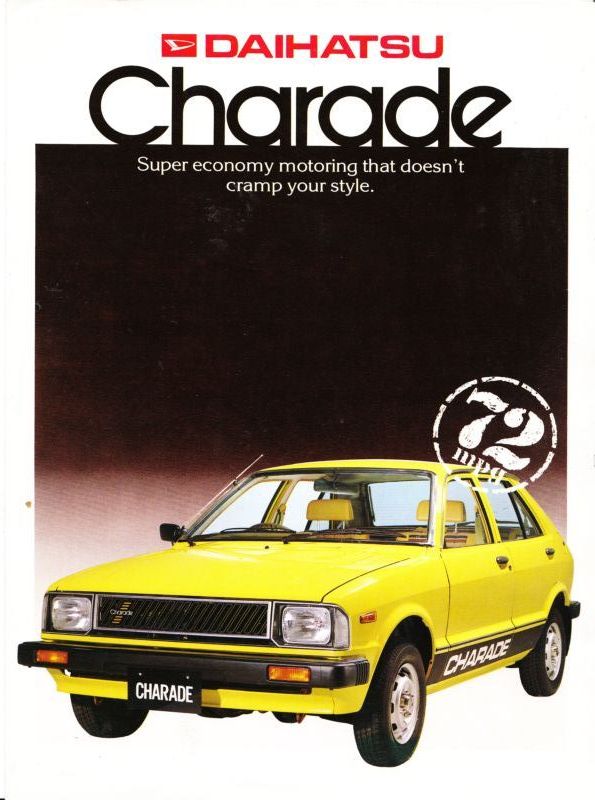
Daihatsu was the first Japanese marque to be officially imported into the UK although very few Compagnos found a buyer back in 1965. It was the Charade that became a familiar sight outside of the nation’s Macfisheries, the innocuous hatchback bodies cloaking a somewhat unusual 1.0-litre three-cylinder engine. In 1979, a range topping XTE would have set you back a very reasonable £3359, including a five-speed transmission, tinted glass and, for any potential boy racers, a tachometer. As with its Mazda rival, the Charade’s cabin featured Tartan trim, that evidently great 1970s choice of interior décor, in abundance. And, after circa 1990, when did you last see one on the road?
Toyota Starlet – 1978-1984
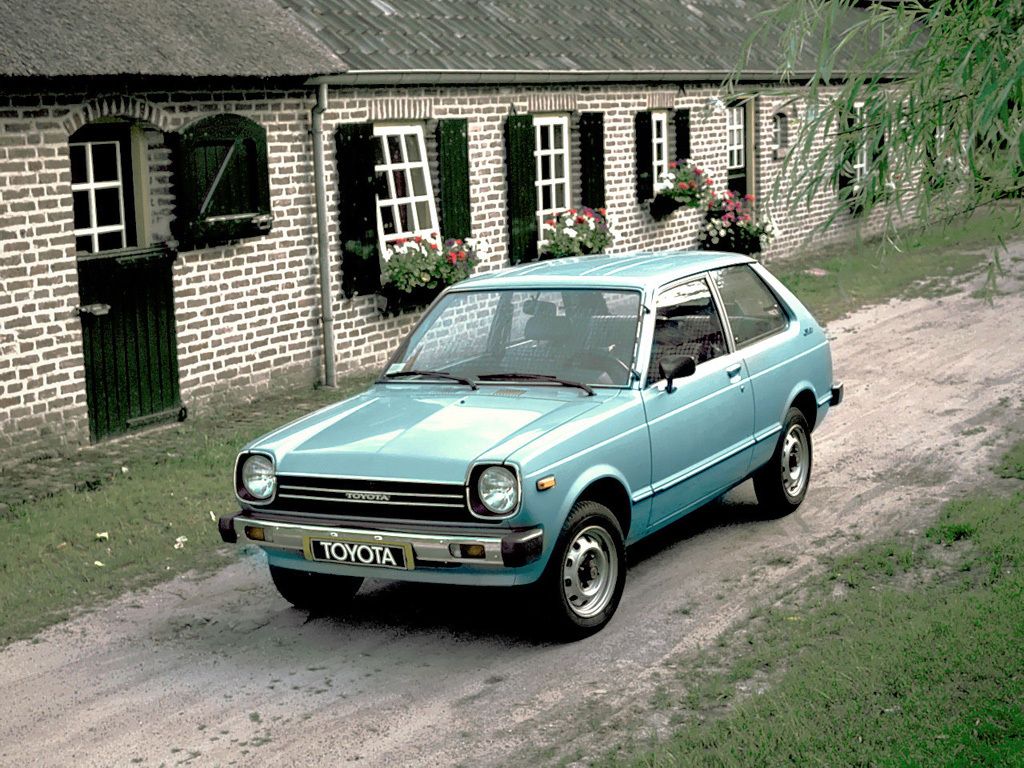
Not only a car bearing one of the most superb model names in automotive history but the first Toyota supermini to really gain popularity in the UK. Unlike the Mini and the Fiesta, the G60 series Starlet favoured a rear-wheel drive layout combined with very compact coachwork and – a first for the company’s passenger car line-up – rack-and-pinion steering. In the late 1970s and early 1980s the Starlet mainly appealed to motorists who cared not one iota whether their car was rear or front wheel drive so long as it was pliantly appointed, easy to drive and dependable. And to hundreds of consumers, the small Toyota perfectly met their requirements.
Mitsubishi Colt 1400 ‘Mirage’ – 1978-1983
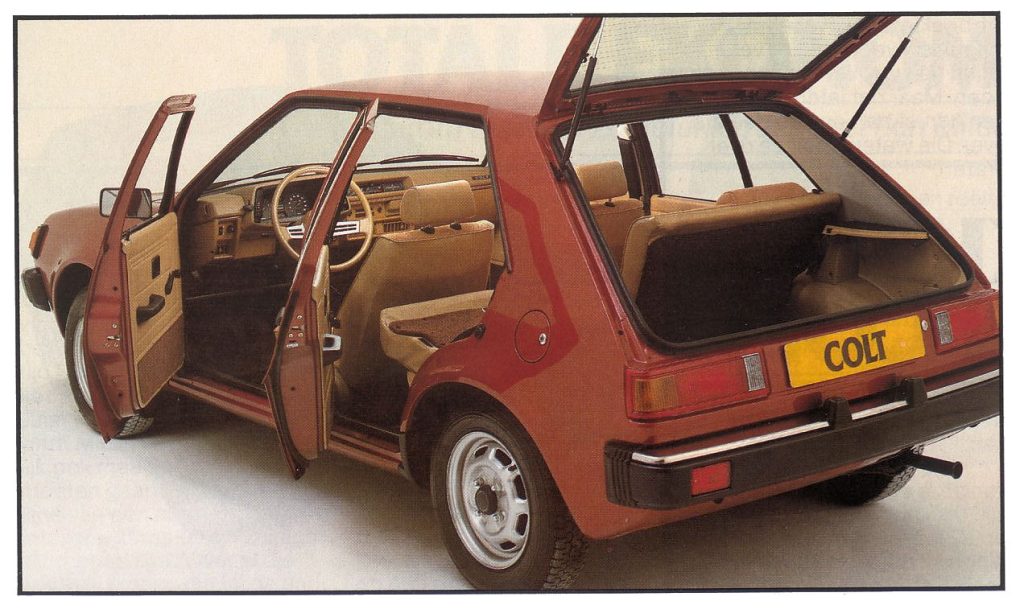
Around 38 years ago, a potential small car buyer with a budget of less than £4000 might have seriously considered the Colt 1400 GLX. The styling was comparatively restrained, an OHC engine drove the front wheels and the equipment levels were agreeable. Most unsually of all, there was the ‘Super Shift’ dual transmission system, where a conventional four-speed floor change was augmented by a second lever that offered a choice of ‘Power’ or ‘Economy’ settings. This allowed 1400 owners the boast to their Fiesta-driving neighbours that their car had an ‘eight-speed gearbox’. Alas, the Colt 1400 is believed to be as good as extinct in the UK.
Mazda 929 Luce estate – 1979-1988
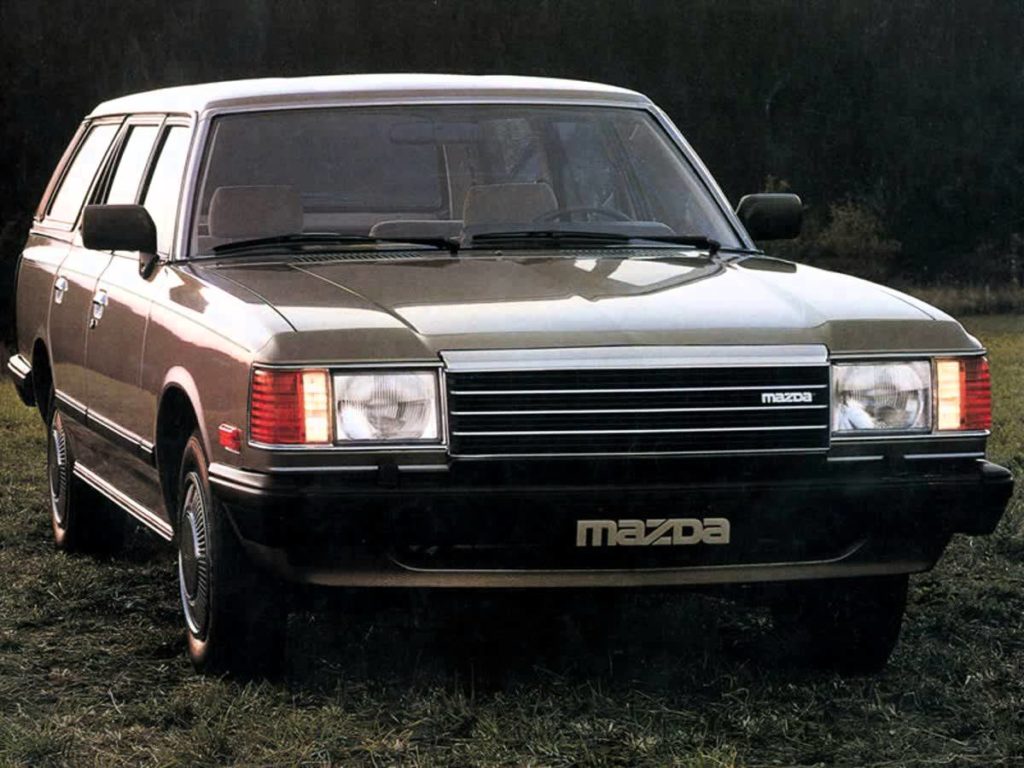
In its homeland Mazda offered a wide variety of L929 Luce variants but in the UK the brand was mainly associated with the estate car that was available until as recently as 1988. Even when it was launched the 929 looked dated, with its scaled down early ‘70s Detroit wagon lines, stacked headlamps and choice of duotone paint finishes. However, for antiques dealers looking for a cheap alternative to the Volvo 240, the Mazda was the ideal choice, with the additional advantage of lacking the Ford Granada’s faint wide-boy associations. And, unlike so many of its 1980s compatriots, the 929 Estate never copied European styling tropes, remaining as proudly Japanese as films starring Godzilla.
Nissan Stanza – 1981-1986
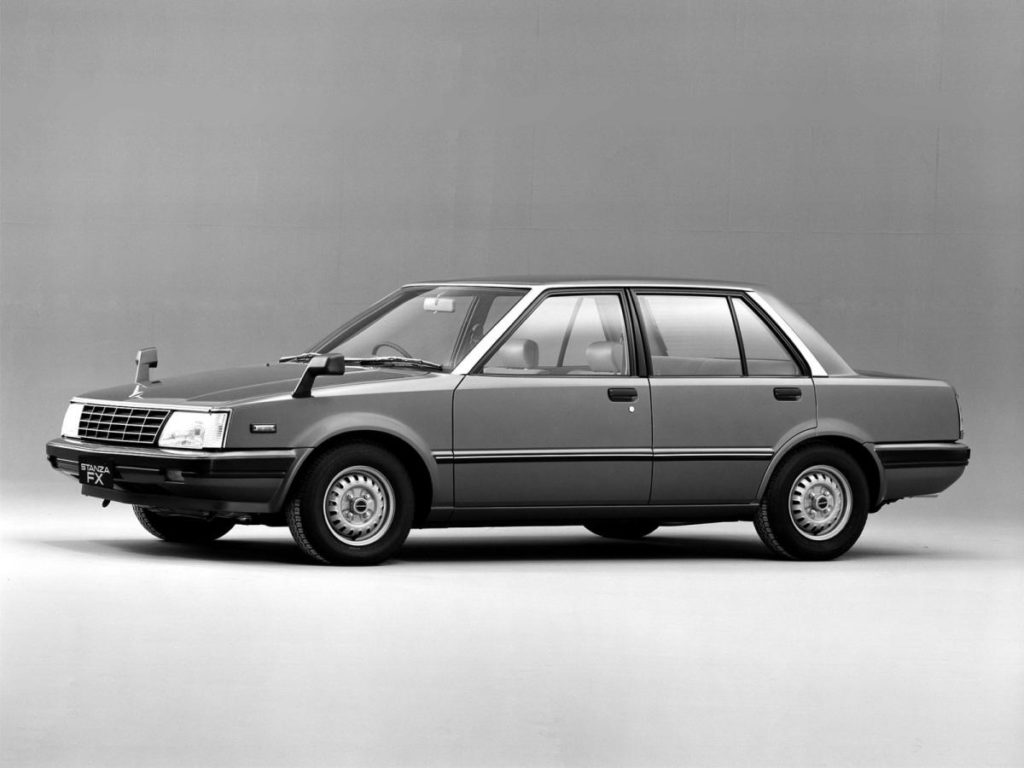
There are always cars that were never intended to be remotely charismatic, a prime example being the Stanza. Here was a machine that was intended to be as reliable a Sony C7 video recorder and about as thrilling as the Sharp Microwaves as advertised on TV by Jimmy Tarbuck. It may have been a significant car for Nissan – it was its first medium sized front-wheel drive car- but to encounter a rare survivor is to be instantly transported to a 1980s of bleak shopping centres and suburban boredom. Imagine endless wet Sundays where the highpoint was Bergerac in the evening – that is the world of the Nissan Stanza.
Read more
2023 UK Bull Market List: 10 collectable cars primed to take off this year
Toyota GR86 review: We’ll miss cars like this when they’re gone
25 years of the Toyota Prius: Has one of the greenest cars on the road mets its end?


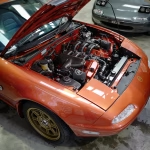
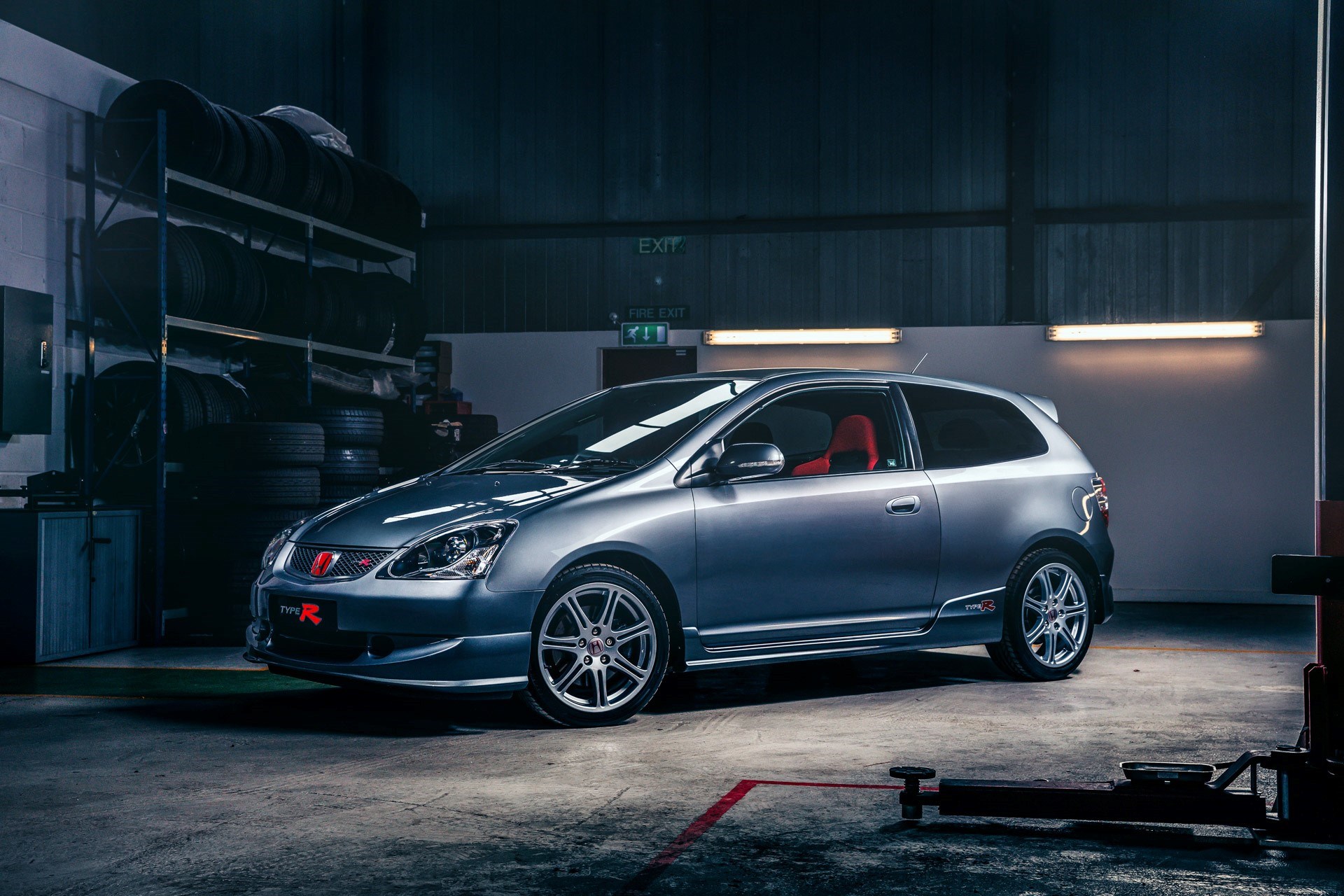





Добрый день! Как вы считаете, положительные упоминания о вашей компании в сети увеличивают ваши продажи? Мы знаем, что ваши клиенты интересуются тем, что пишут о вас в сети. У нас есть замечательное решение для вас – написание и размещение положительных отзывов о вас в интернете. По ссылке вы можете заказать отзывы с хорошей скидкой Заманчиво? http://clck.ru/C4mKx
My 1st job in 1980 was a valeter at a Datsun dealership in Wigan. Preparing new cherry s sunnys violets ( remember them?)bluebirds and of course 280zxs. Px mainly consisted of 3 to 5 year old old Datsuns, sadly mainly well rusted the best were put on the forecourt the worst sent to auction. Customers loved them they were so reliable on the 1st August 1980 W reg came out the place was buzzing with people collecting new cars from 7am to 7pm ,happy days and Good memories . The garage is still there…… but now it’s a co op,restaurant and carpet store!
My father had 4 Datsun’s on the trott in the 70s until the early 80s his last been a brand new W reg Skyline 240KGT and only stopped buying them as the next generation Skyline wasnt coming to the UK
All but the first which was the 180sss were the straight six 2.4 next was a C110 240kGT which is the kenmary shape generation,3rd 240Z followed by a 81 W reg C210 Skyline 240KGT. He loved Datsun’s but when they became Nissan in the UK for some reason never bought another, infact after that he’s never bought a Japanese car since .
My local Subaru dealers was Akeds in Skem. (Skelmersdale) west Lancashire. Salesman there sold 17 4wd estates to a company in Cardiff in the mid 70’s. My dad bought a blue 1800 GLF from them for caravan duties – what a memorable soundtrack!
I think Datsuns opened up a new world to the car buying public. No more Sundays spent under bonnets scuffing knuckles and cursing ! 1st time starting on winters morning s and Datsun did react to the rust issue. If I remember correctly they were one of the first to offer a 6 year anti corrosion warranty from approx 1980 onwards.
I also remember Tamar Toyota in Leigh Lancashire (now a small group of houses),always busy.sold lots of Corolla s carina s and of course the Celica. A mates of mine dad bought a new Toyota Carina white with a brown Vinyl that was June 1980. Part exchanged a much loved but rusty blue 74 Cortina 2000E . The Toyota was so reliable he bought a Cressida in 83 from the same garage.
The 120ys were legendary. My schoolmate ist job was in sales at Park Lane Motors in Leeds in mid 70s and would come home each week in a different 120Y or 100A. Absolute flying machines, super reliable and a radio as standard! Happy Days
We all have short memorories back in the 1970/80s i was buying Datsun Sunnys and Cherrys at the motor auctions and if the bonnet did not open you walked away most likely it had its bonnet cable disconnected as the inner wings were rotten ? just like the Cortina Anglia Hillmans the very cars we were trying to leave behind ?
IIRC the Mazda 323 was sold on the basis that its rust resistance would survive a Siberian salt mine. Er, no.
Tell you what?! Fair play to the girl in the Mazda 323 advert – she got on well with life despite having been born with CIC* syndrome!
*crossbar-in-cranium